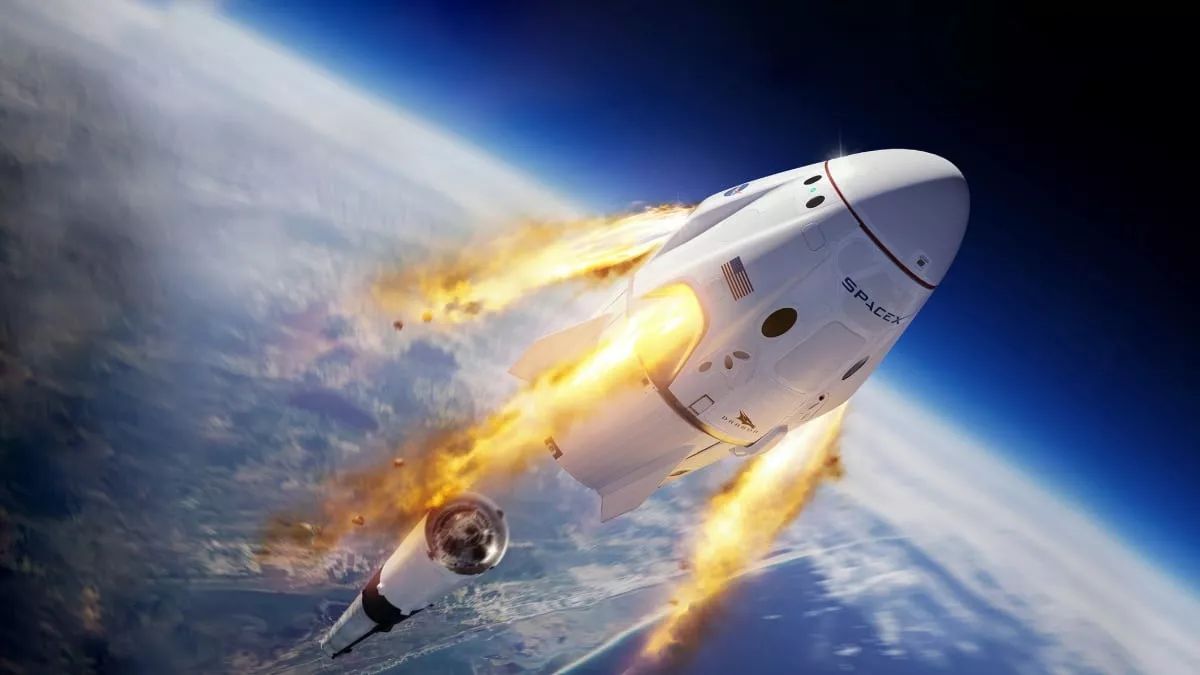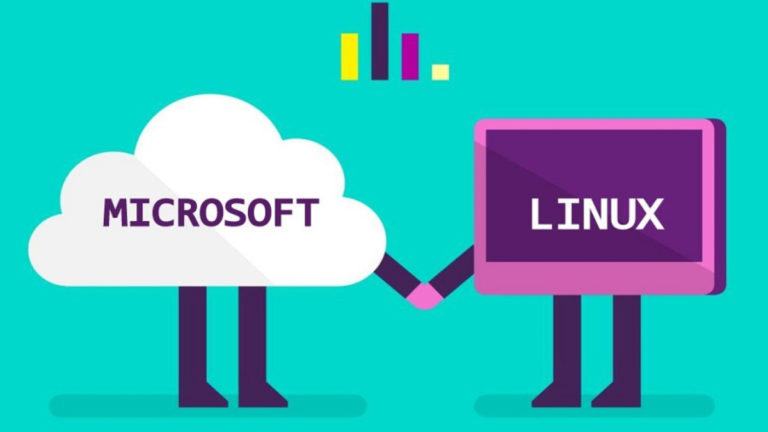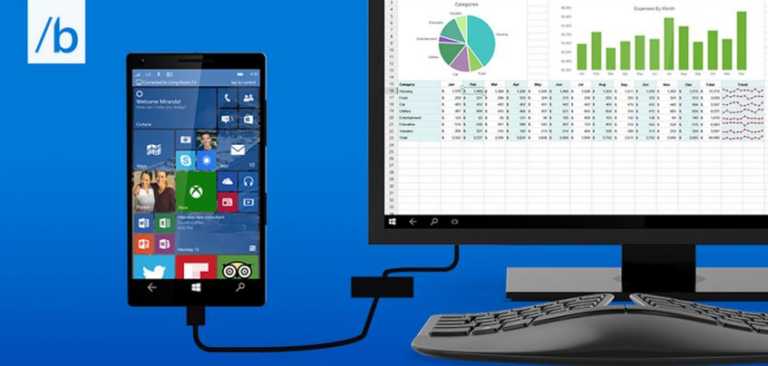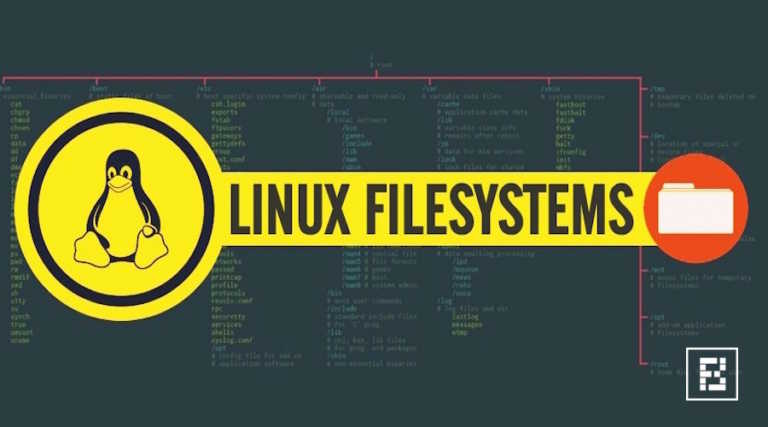SpaceX Used Linux To Send NASA Astronauts To International Space Station

On May 30, SpaceX sent its first manned spacecraft into space that successfully delivered NASA astronauts to International Space Station (ISS). But not many know that SpaceX’s Falcon 9, besides rocket fuel, is fueled by the Linux operating system!
The Falcon 9 rocket was running an unspecified version of the open-source Linux OS on which the flight software, written in C/C ++, runs. SpaceX and Linux go way back as SpaceX employees confirmed that Dragon and Falcon 9 both run on Linux in an old 2013 post.
In case you have come across a picture of SpaceX launch with Windows 10 update interrupting the launch, don’t believe it, because that’s just a meme.
According to ZDNet, Falcon 9 was operating on three dual-core x86 processors.
The reason behind using such hardware is that ordinary chips cannot be used in space rockets. The chips used in space must be radiation-proofed, otherwise, they can fail due to the long exposure of ionizing radiation and cosmic rays.
This is why SpaceX uses a system to provide safety through redundancy. In this system, whenever a decision is made, all three cores must be in agreement. In case of any disagreement, the decision is discarded and the process is repeated.
Only after receiving confirmation from the three x86 processors, the commands are executed. This is how the Falcon 9 rejects the misfiring chip’s commands.
But coming back to SpaceX and Linux, it wouldn’t be the first space agency to use the open-source software in orbit.
The International Space Station itself, where the NASA astronauts stay for research, reportedly switched from Windows to Linux in 2013.






